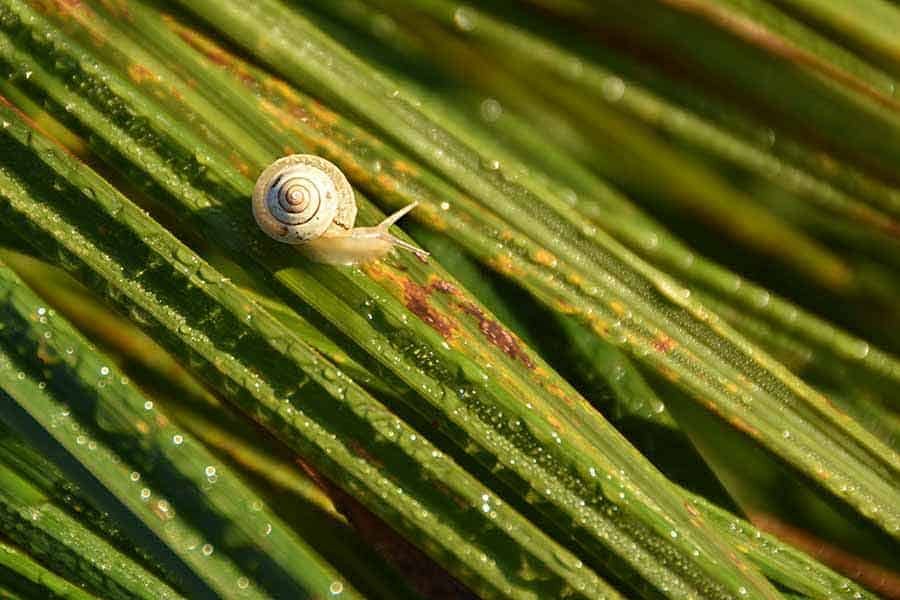
Molluscicides are substances or chemicals that are used to kill or control mollusks, which are a diverse group of invertebrate animals that include snails, slugs, and other similar organisms.
Molluscicides can be formulated in various ways, such as as baits, sprays, granules, or pellets. They can be classified based on their mode of action, such as contact molluscicides that kill the mollusks on contact or systemic molluscicides that are absorbed by the mollusks and then kill them.
There are several types of molluscicides:
Molluscicides are substances or chemicals that are used to kill or control mollusks, such as snails and slugs, which can be pests in agriculture, horticulture, and aquaculture.
Metaldehyde is a common molluscicide that is effective against slugs and snails. It is often used in granular form and can be applied to soil or broadcast on the ground.
Carbamate-based molluscicides, such as methiocarb, are also effective against slugs and snails. They work by inhibiting the nervous system of mollusks.
Iron phosphate is a natural molluscicide that is derived from soil bacteria. It is considered safe for humans and animals and is often used in organic farming.
Niclosamide is a molluscicide that is effective against snails and slugs. It works by disrupting the energy metabolism of the mollusk.
Copper sulfate is a common molluscicide that is often used in aquaculture to control snails that can be harmful to fish.
Used of Molluscicides
It’s important to note that molluscicides can be toxic to other non-target organisms, including beneficial insects, earthworms, and aquatic organisms. Therefore, it is essential to follow the instructions and safety precautions when using molluscicides.
Molluscicides can be used in the following ways:
Before selecting a molluscicide, it is important to identify the species of snail or mollusk that is causing the problem. This will help ensure that the right product is chosen for effective control.
There are different types of molluscicides available, such as chemical, biological & physical agents. A molluscicide must be chosen based on the species & intended use of the product.
Molluscicide labels or instructions provided by a trained professional should be carefully read and followed. It includes dosage, application method, safety precautions, and disposal instructions.
Each molluscicide has a different application method. Liquid formulations can be sprayed or watered, while baits can be scattered. Also, some products require mixing with liquids.
After applying the molluscicide, it is important to monitor the effectiveness of the treatment. Mollusks may be checked for dead or dying ones or their population may be tracked over time.
Depending on the effectiveness of the initial treatment and the severity of the infestation, it may be necessary to reapply the molluscicide at regular intervals to maintain control.
Molluscicides can be toxic to humans, animals, and the environment if not used properly. Wear protective clothing and avoid contact with treated areas until the product has dried or dissipated.
Some common uses of molluscicides include
- Molluscicides are substances that are used to control or eliminate mollusks, such as snails and slugs, that can cause damage to crops, gardens, and other vegetation. Molluscicides can be used in both agricultural and residential settings.
- Molluscicides include chemical and biological agents. Baits and sprays can be used as chemical molluscicides. A common chemical molluscicide is metaldehyde, which is used as a bait or as a spray.
- Mollusks are controlled by predators, parasites, or diseases. A nematode, for instance, infects slugs with a deadly disease that kills them. Rice paddies can also be controlled by ducks, which are natural predators of snails.

It is important to use molluscicides carefully and according to label instructions to avoid harming non-target species, such as beneficial insects and other wildlife.